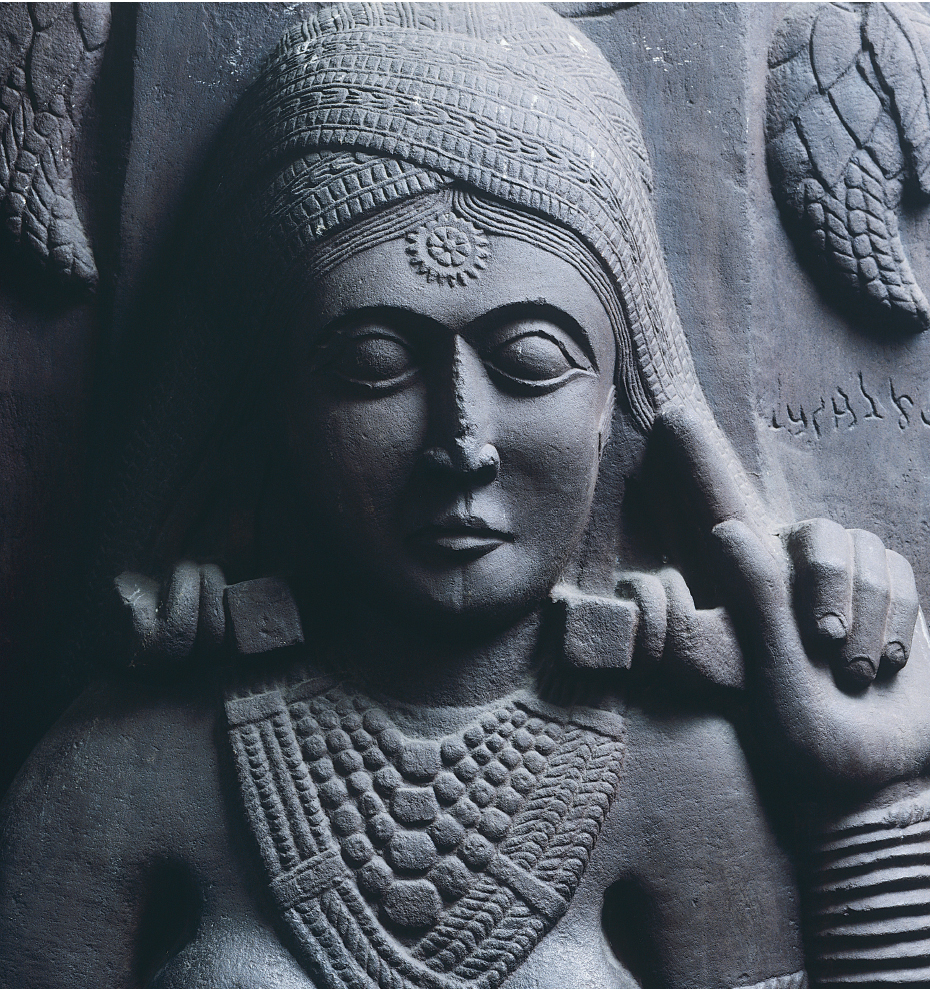Understanding World Societies:
Printed Page 62
Introduction for Chapter 3
3 THE FOUNDATION OF INDIAN SOCIETY TO 300 C.E.
> What were the defining social and cultural characteristics of ancient India? Chapter 3 examines the development of ancient India from its first civilization to the collapse of its first empire. From about 2800 B.C.E. to 1800 B.C.E., the Indus Valley, or Harappan culture, thrived and expanded over a huge area. A very different Indian society emerged after the decline of this civilization. It was dominated by the Aryans, warriors who spoke an early version of Sanskrit. It was in this period that Buddhism and Jainism were founded and the early Brahmanic religion of the Aryans developed into Hinduism. The Mauryan Dynasty emerged in the wake of the Greek invasion of north India in 326 B.C.E. The empire proved short-

LearningCurve
After reading the chapter, use LearningCurve to retain what you’ve read.
> CHRONOLOGY
| 2800– |
326 B.C.E. |
| Height of Harappan civilization | Alexander the Great enters Indus Valley |
| ca. 1500– |
ca. 322– |
| Vedic Age; flourishing of Aryan civilization; Rig Veda | Mauryan Empire |
| ca. 1000 B.C.E. | ca. 300 B.C.E. |
| Introduction of iron | Jain religion splits into two sects |
| 750– |
ca. 269– |
| Upanishads | Reign of Ashoka |
| ca. 513 B.C.E. | ca. 150 B.C.E.–250 C.E. |
| Persians conquer the Indus Valley and Kashmir | Classical period of Tamil culture |
| ca. 500 B.C.E. | ca. 100 C.E. |
| Founding of Buddhism and Jainism | More inclusive Mahayana form of Buddhism emerges |
| ca. 400 B.C.E.–200 C.E. | ca. 200 C.E. |
| Gradual evolution of the Brahmanic religion into Hinduism | Code of Manu |